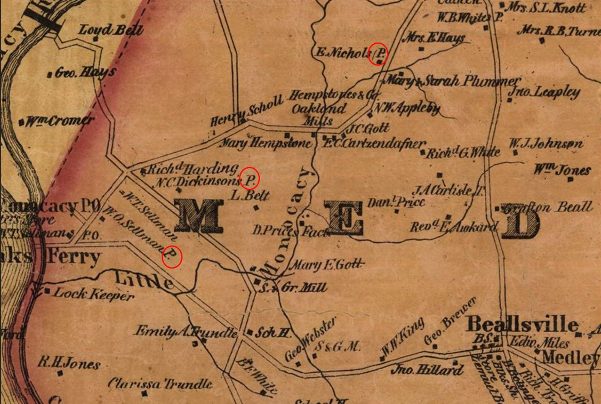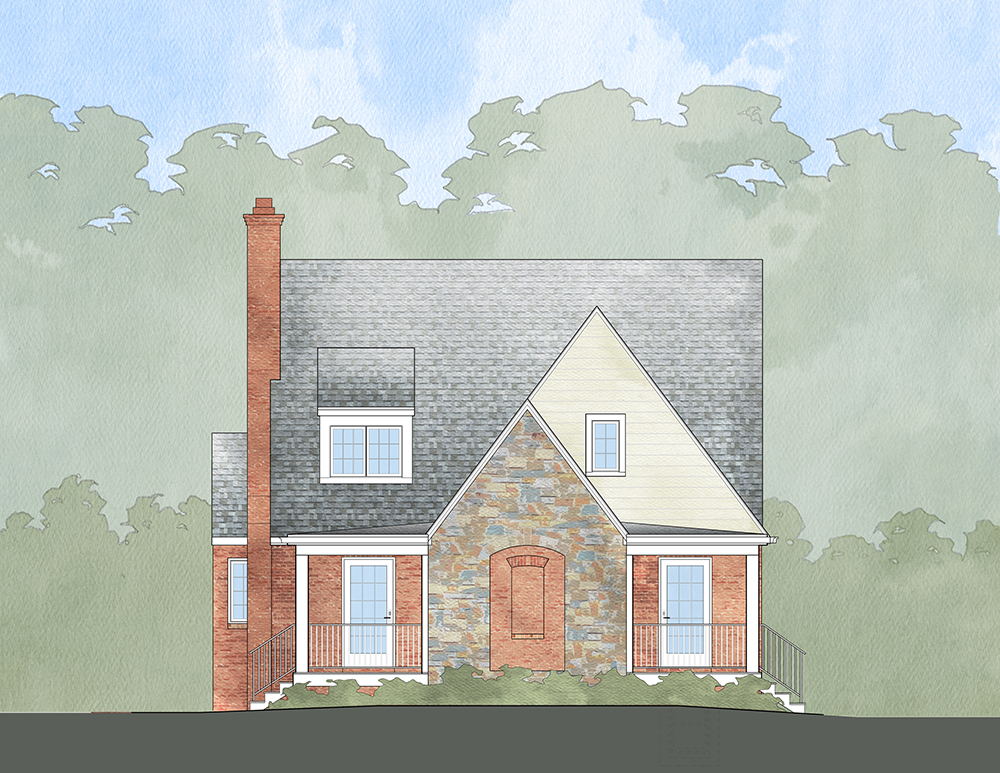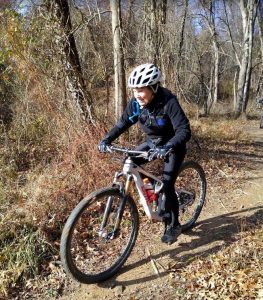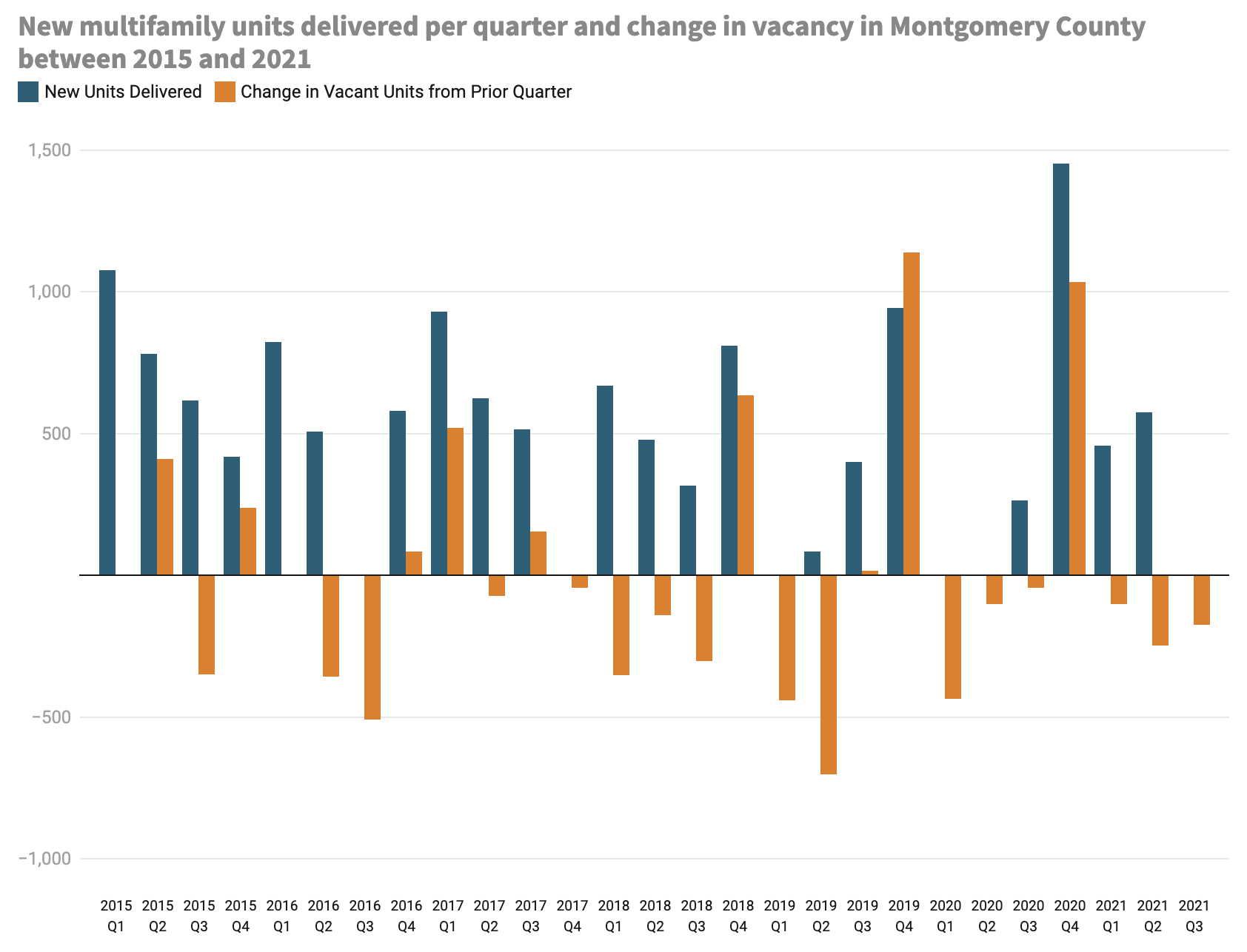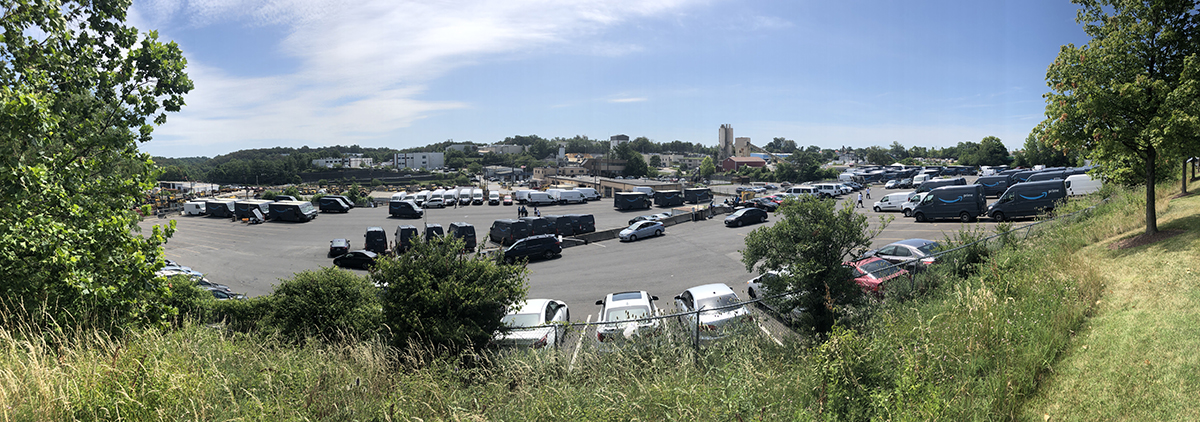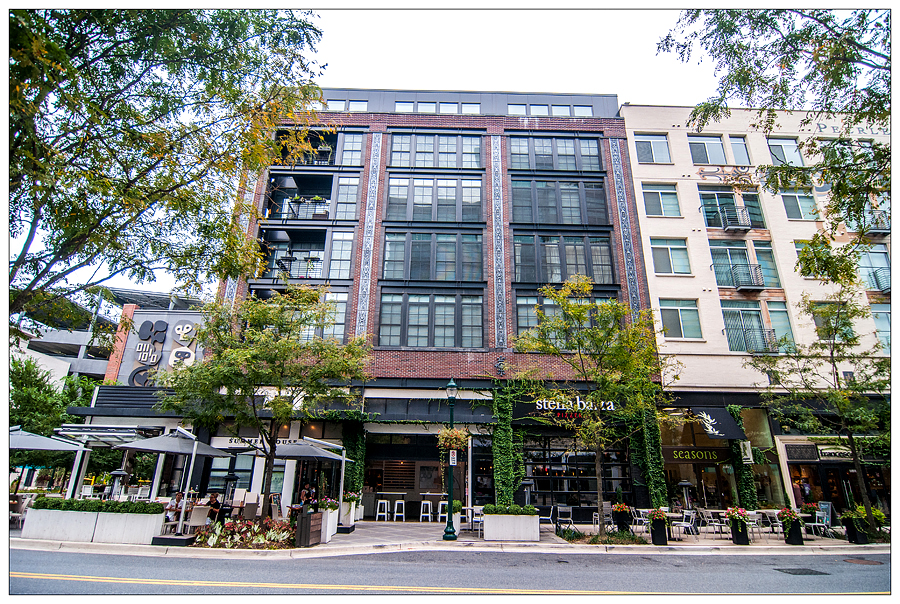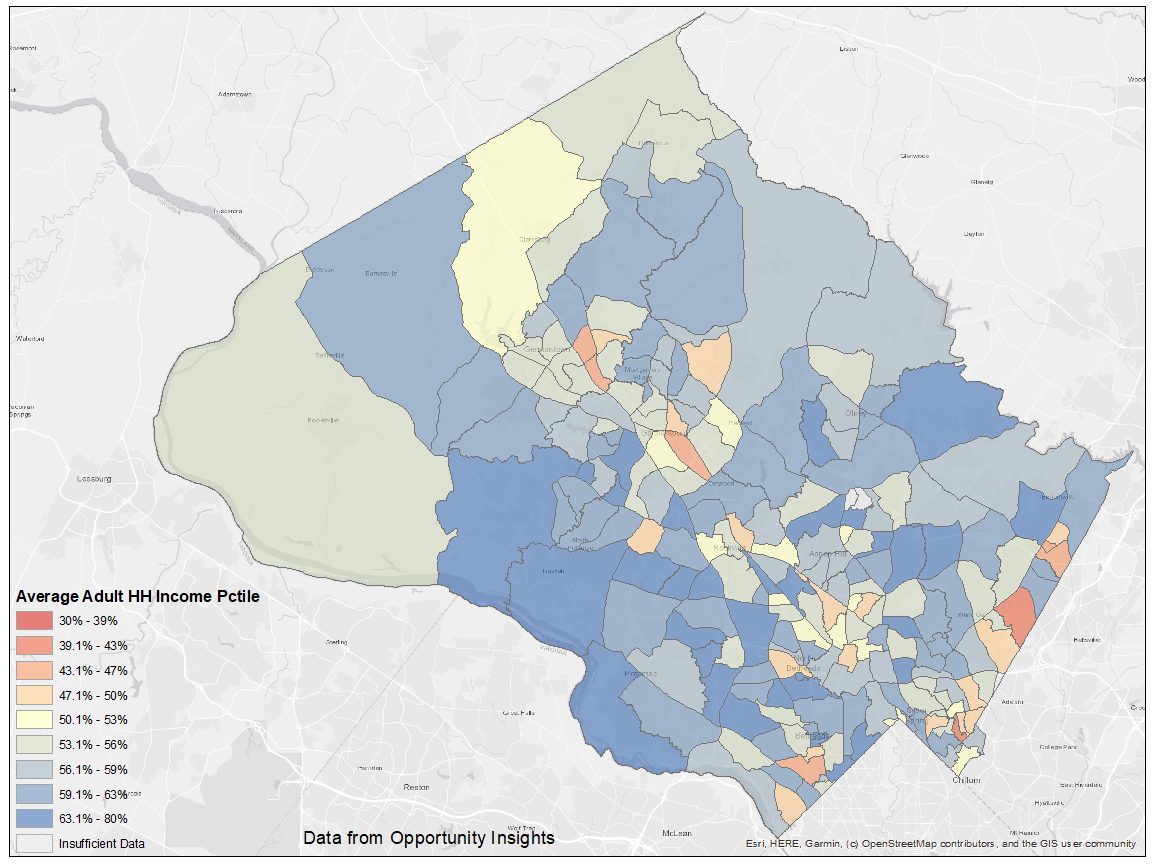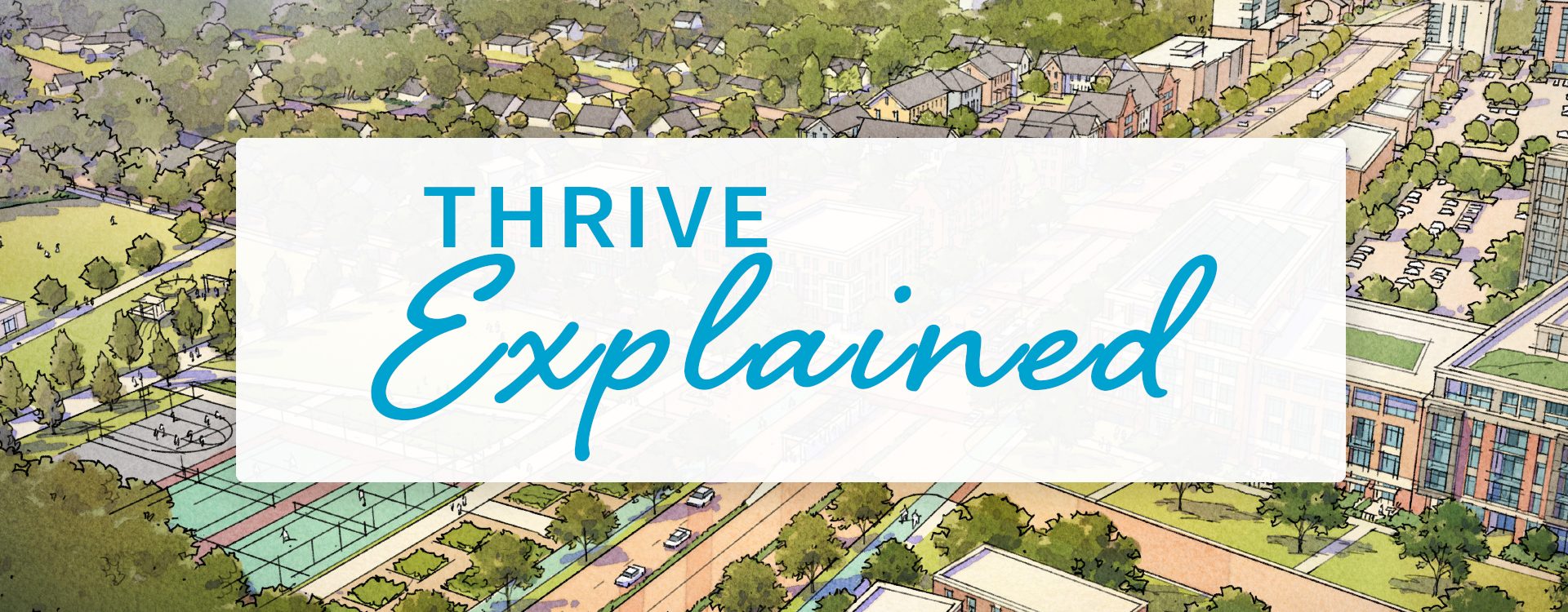
Sustainable Growth is not an Oxymoron
By Casey Anderson and Steve Findley
Thrive Montgomery 2050 builds on the ideas laid out in the Wedges and Corridors plan to reinforce anti-sprawl policies and incorporate new insights about sustainability and development. This post explains the environmental benefits of the compact growth footprint established by the Wedges and Corridors plan and updated by Thrive Montgomery 2050 – and why any alternative path would chew up more land, cut down more trees, and undercut efforts to curb greenhouse gas emissions and adapt to the impact of climate change.
Reaffirming and updating the Wedges and Corridors commitment to compact form
The Wedges and Corridors plan laid the groundwork – no pun intended – … Continue reading


